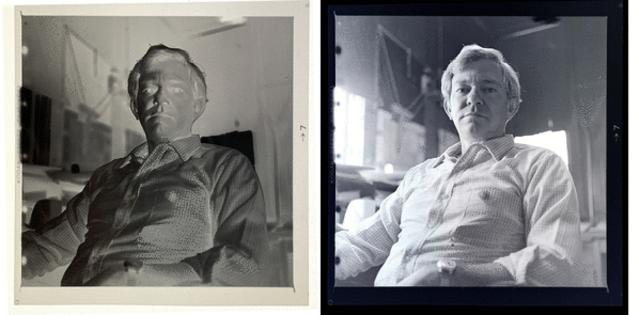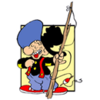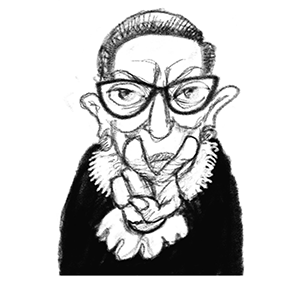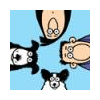Jim Rossman: Can you convert your old photos and negatives to digital at home?
Published in Science & Technology News
This week I heard from a reader, “I have a ton of old photos, negatives (both 35mm and medium format 120/220mm), 16mm movie film, slides, camcorder video and a few VHS cassettes that I need to convert to digital. I know there are phone apps that advertise their ability to quickly and easily convert all but movies and video, as well as services like Legacy Box who can do it all. I would love your recommendations."
There are different solutions for each type of media that needs converting. The easiest way is to send them off for converting to a company like Legacy Box or Capture.com.
These companies can handle all your media and if you’d rather just pay to have it done, this is the way to go. Pricing will vary depending on your quantity.
But if you’d like to try it at home, you can do it a lot cheaper (maybe free) and you may be surprised with the results.
For movies, the easiest way is to project the movies on a screen or wall and just set up your phone on some type of tripod to capture the image. This assumes you still have a working projector for your movies.
What’s neat about this method is you can add an audio commentary. Copying the old family movies with your parents or grandparents on hand is great because they can help identify people and places in the scenes as you watch. Later generations will appreciate this.
Video tapes can also be copied with your phone’s video camera if you can get the video to play on your TV. Setting up a dark room with no lights or windows will help minimize glare or reflections. Again, this assumes you still have a way to play the tapes on your TV.
What about old negatives or slides?
A negative scanner is the best way, but it will also cost some money.
Looking at Amazon for negative scanners, there are a lot in the $100-$200 range that can convert 35mm and smaller negatives.
If you have a ton of old negatives and slides you’d like to convert, a negative scanner could actually be cheaper than sending off hundreds or thousands of pictures to one of the big services.
Some flatbed scanners can also handle negatives.
Because the reader has both 35mm and larger format negatives to scan, they’d need a scanner that can handle each size. Usually, a scanner for larger negatives can also scan smaller sizes.
Larger negatives are easier to actually photograph with a digital camera or even your phone’s camera, if you have a light source to light them up from behind. Amazon has inexpensive USB-powered light boxes to make this easier.
You’ll place the negatives or slides on the light box and then photograph them with your camera. If you’re copying negatives, you’ll need software to invert the image for viewing on your computer.
If you’re of a mind to do this yourself, it can be fun and rewarding. Take your time and don’t be afraid to tweak your setup if you think the results can be better. This would actually be a great winter project.
The accompanying image is a photo of my father-in-law. My wife shot the picture on a medium format camera for a college project. I photographed the negative with my iPhone and you can see how the photo turned out after inverting the image in Photoshop.
©2025 Tribune Content Agency, LLC.







Comments